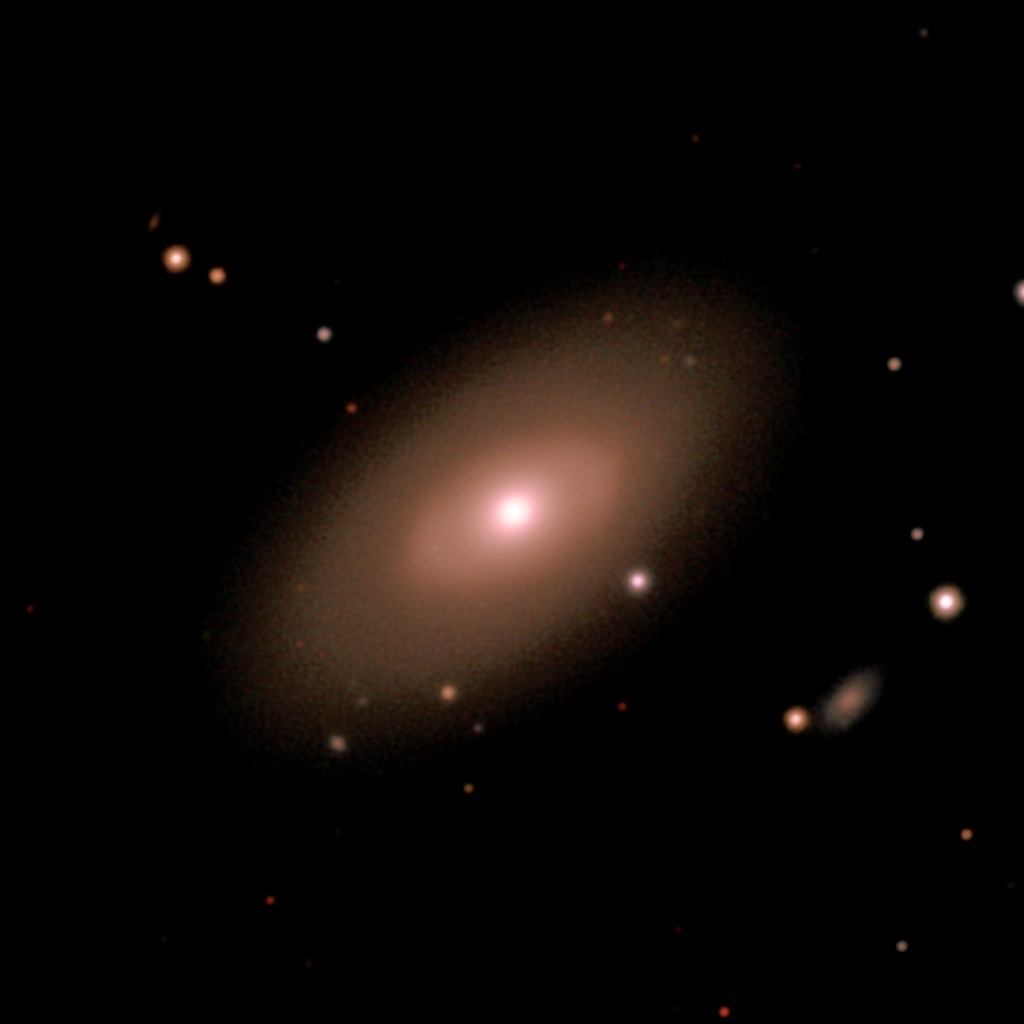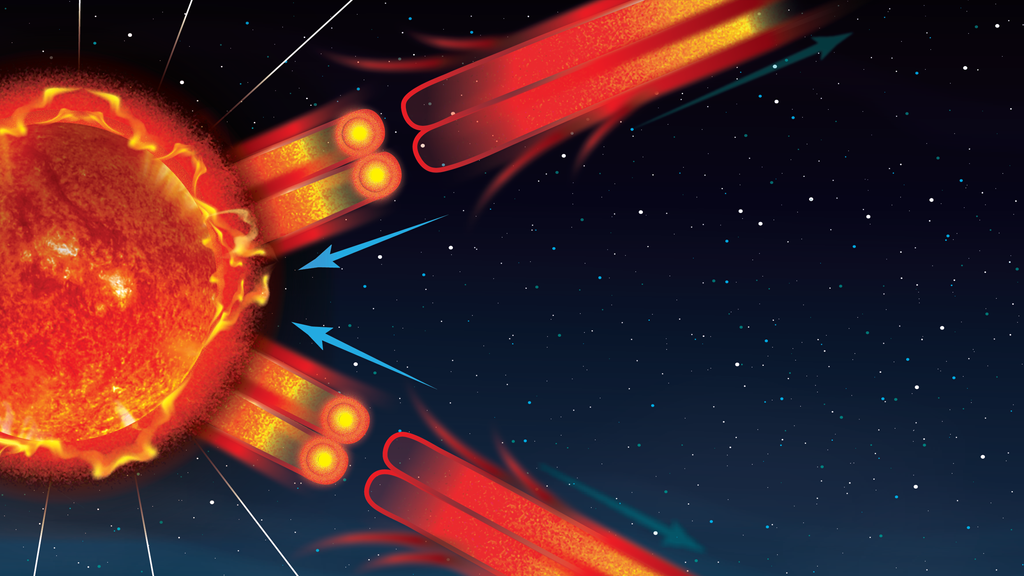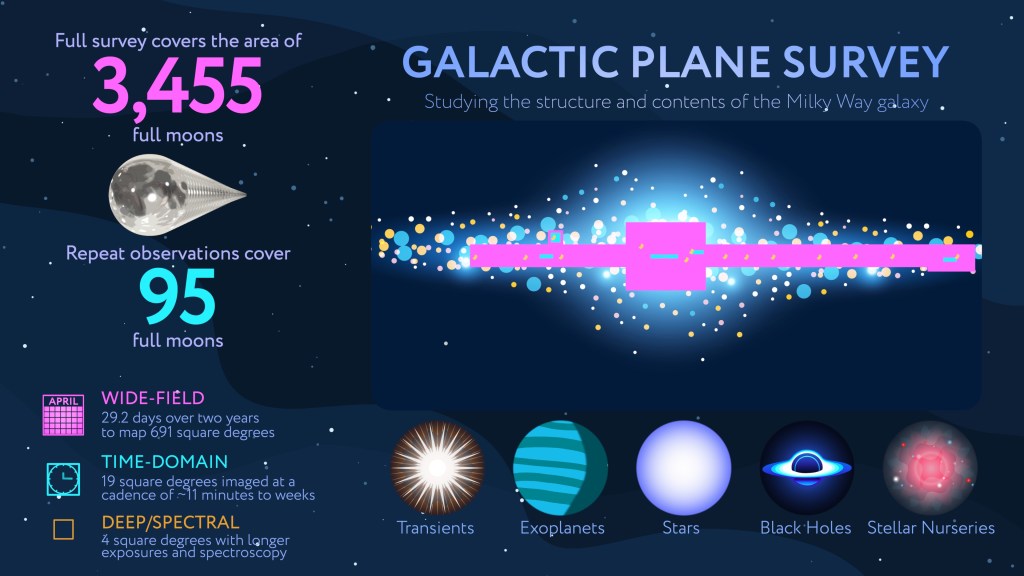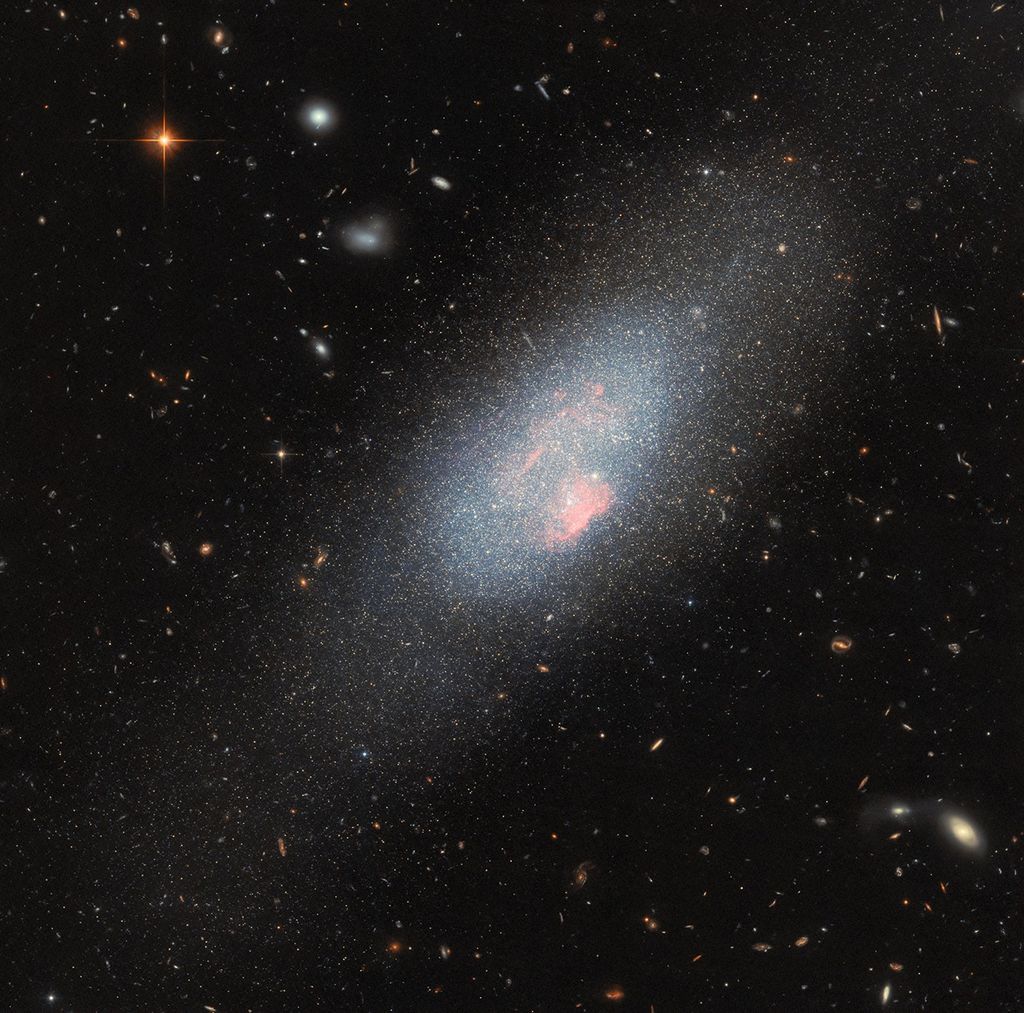1 min read
Saturn Lyman-alpha Image

This is a composite image showing the Saturn Lyman-alpha bulge, an emission from hydrogen which is a persistent and unexpected excess detected by three distinct NASA missions, namely Voyager 1, Cassini, and the Hubble Space Telescope between 1980 and 2017. A Hubble near-ultraviolet image, obtained in 2017 during the Saturn summer in the northern hemisphere, is used as a reference to sketch the Lyman-alpha emission of the planet. The rings appear much darker than the planet's body because they reflect much less ultraviolet sunlight. Above the rings and the dark equatorial region, the Lyman-alpha bulge appears as an extended (30 degree) latitudinal band that is 30 percent brighter than the surrounding regions. A small fraction of the southern hemisphere appears between the rings and the equatorial region, but it is dimmer than the northern hemisphere. North of the bulge region (upper-right portion of image), the disk brightness declines gradually versus latitude toward the bright aurora region that is here shown for reference (not at scale). A dark spot inside the aurora region represents the footprint of the spin axis of the planet.
It's believed that icy rings particles raining on the atmosphere at specific latitudes and seasonal effects cause an atmospheric heating that makes the upper atmosphere hydrogen reflect more Lyman-alpha sunlight in the bulge region. This unexpected interaction between the rings and the upper atmosphere is now investigated in depth to define new diagnostic tools for estimating if distant exoplanets have extended Saturn-like ring systems.
About the Object
- DistanceDistanceThe physical distance from Earth to the astronomical object. Distances within our solar system are usually measured in Astronomical Units (AU). Distances between stars are usually measured in light-years. Interstellar distances can also be measured in parsecs.About 990 million miles from Earth
About the Data
- Data DescriptionData DescriptionProposal: A description of the observations, their scientific justification, and the links to the data available in the science archive.
Science Team: The astronomers who planned the observations and analyzed the data. "PI" refers to the Principal Investigator.The HST observations include those from program 14931 (L. Ben-Jaffel)
- InstrumentInstrumentThe science instrument used to produce the data.STIS
- Exposure DatesExposure DatesThe date(s) that the telescope made its observations and the total exposure time.August 2017
- FiltersFiltersThe camera filters that were used in the science observations.MIRFUV, E140H
- Object NameObject NameA name or catalog number that astronomers use to identify an astronomical object.Saturn
- Object DescriptionObject DescriptionThe type of astronomical object.Gas giant planet
- Release DateMarch 30, 2023
- Science ReleaseHubble Finds Saturn’s Rings Heating Its Atmosphere
- CreditNASA, ESA, Lotfi Ben-Jaffel (IAP & LPL)

The image is an exposure acquired by the STIS instrument on the Hubble Space Telescope. The color results from assigning a blue hue to a monochromatic (grayscale) image.
Share
Details
Claire Andreoli
NASA’s Goddard Space Flight Center
Greenbelt, Maryland
claire.andreoli@nasa.gov




























